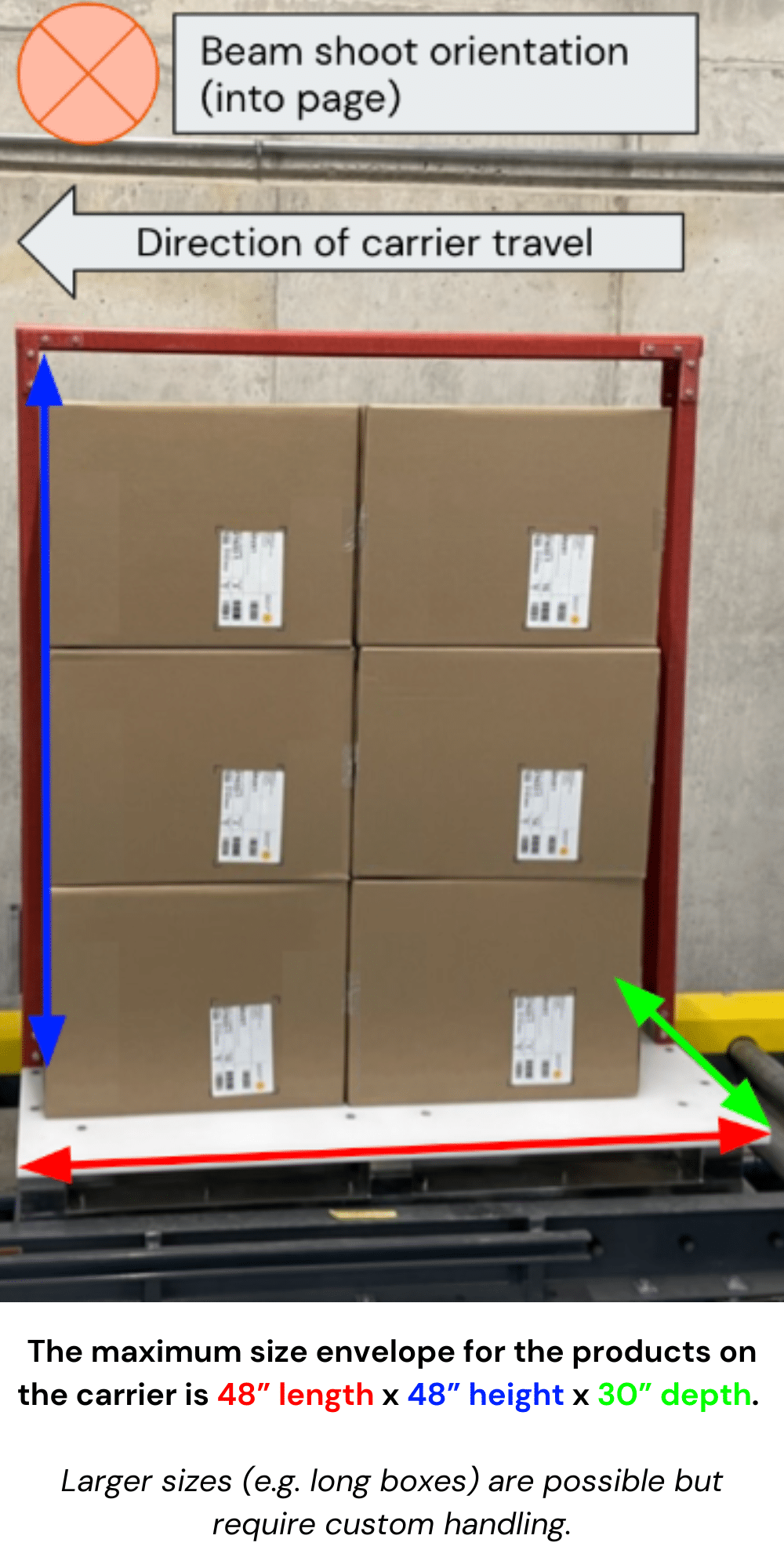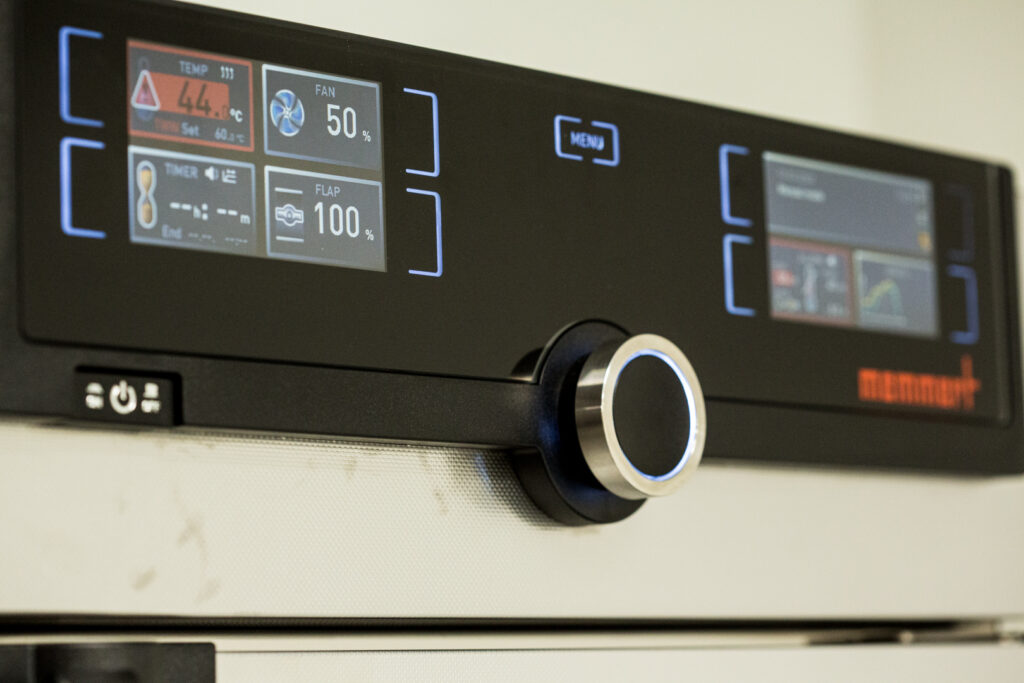Types of Testing
It’s not unusual for folks – even experienced ones – to call and ask us about “testing my product in E-Beam.” In general, the question could be interpreted differently, so we’ll try to break down what testing could mean for different uses.
Broadly speaking there are two different types of testing:
Test Type 1. Specific Dosing / Feasibility Testing
This test is the simplest. Generally, it involves applying a reference dose (or surface dose) to a product. Typically this test can support several objectives:
- Testing the product as a proof of concept to see what, if any, changes irradiation might cause.
- Testing the product for its resistance to different doses (e.g., max dose testing)
- Irradiating the product to support a test of sterility, whether for initial qualification or ongoing audit purposes. Typically the sample is irradiated with a specific dose, then sent to a microbiology laboratory for analysis. Ultimately, the goal is to determine or substantiate a sterilization dose.
Test Type 2. Dose Mapping / Qualification
One of the key questions to answer in any radiation processing is variance in dose that different parts of the product receive during processing. This is critical because almost all products have minimum doses, which are determined to meet the goal of the processing (e.g. for sterility, achieving a specific sterility assurance level), as well as a maximum dose (above which point the product will be damaged).
This is somewhat analogous to properly cooking a thick steak: getting heat evenly through a thick steak isn’t possible – but what is possible is achieving an acceptable range of temperatures throughout the steak such that both the rarest and also most well-done pieces of it are still within the range of what a diner prefers.
In the same way, getting dose evenly through the product is typically not possible, but keeping it within a given range of minimum and maximum dose is. Dose mapping is an experiment we run to determine where the minimum and maximum dose points occur inside a product, and what those relative dose values are. We compare this ratio to the allowable dose uniformity ratio (DUR), and if it falls below the maximum acceptable DUR, then the product can be irradiated within its min/max specification.
This information, along with the sterilization dose required and the maximum allowable dose the product can tolerate, allows the radiation specification of the product to be completed.
How Much Product Can I Send You? How Does It Run Through Your System?
This varies by processing location. For our North Sioux City E-Beam facility, we operate with a “carrier-based” system in which boxed or bagged products are placed on a carrier that rides into the bunker on a large roller conveyor system. A picture of the carrier is below.

That said, most customer products are typically far smaller than the carrier itself. In these cases, we have fixturing techniques and holders, for small test products, to ensure they are presented to the beam as desired by the customer.
Tailored E-Beam Solutions
At NextBeam, we’re motivated to achieve your E-Beam testing goals. Whether you need proof of concept testing, sterility assurance analysis, or dose mapping experiments, our expert team provides tailored solutions to meet your unique needs. Reach out today to discuss your requirements and discover how NextBeam can support your business.

